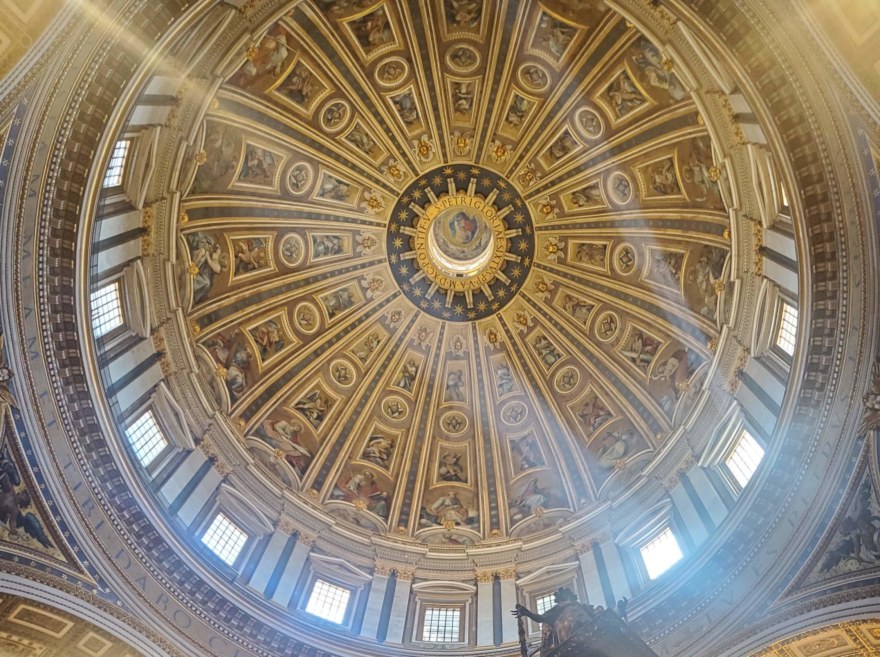Look Up | Reflections from Rome 2022
In the early afternoon of the Solemnity of the Most Holy Trinity, a few of us were on the lookout for lunch. Worn out and sore from our St. Philip Neri inspired 7 Churches Pilgrimage, logging over 15 miles in 90 degree heat, we naturally chose a place near by. A restaurant down the street is quickly becoming a local favorite. It’s close, cheap, and has large portion sizes. Everything necessary to earn itself a seminarian’s recommendation. Upon entry, a few fellow diners somehow recognized us as Americans, and a quick conversation ensued.
They were sculptors, come to Rome to see some of the greatest sculptures. Like us, they had found themselves in countless churches and museums. In a sense, like us, you could call them pilgrims, but of a different sort. They had come to learn something of beauty, of perfection, of man’s ability. And so we chatted about what we had seen, what surprised us, what delighted us, and what we would recommend to other travelers.
This is the inherent power of Rome: beauty. There’s a reason so many pilgrims and travelers come here. They want to see and experience something beautiful, and so do we. The two women with whom we were talking made a comment that struck me. They said, “You have to go to see the Borghese Gallery in Rome, but when you do, don’t forget to look up.” They were just talking about the ceiling, of course. Nevertheless, I could sense a deeper truth in their sightseeing tip.
Rome is full of materially beautiful things, but the real beauty of each piece is often loftier. The Sistine Chapel isn’t just a beautiful wall decoration, but an invitation to and aid in seeing a higher reality. It’s in this sense that the beauty of Rome is most fully seen. The material beauty of Rome draws people from all walks of life, but not for its own sake. Rather, beauty attracts that the soul might be moved upward, to ponder and pray with the things of God. Ultimately to converse with God Himself, whose love is more beautiful than the artwork which tries to represent it.
Before we left, we recommended the pair of them visit the sculpture of St. Cecilia by Stefano Moderno. Yes, for its material beauty, but principally for its loftier meaning. At first glance, it’s simply an impressive sculpture of a tragic event, but if one sees its higher meaning — if she “looks up” — she notices the sculpture’s message: there’s a God whose love for you is better than mortal life itself.
Benjamin Klare
Archdiocese of Cincinnati


